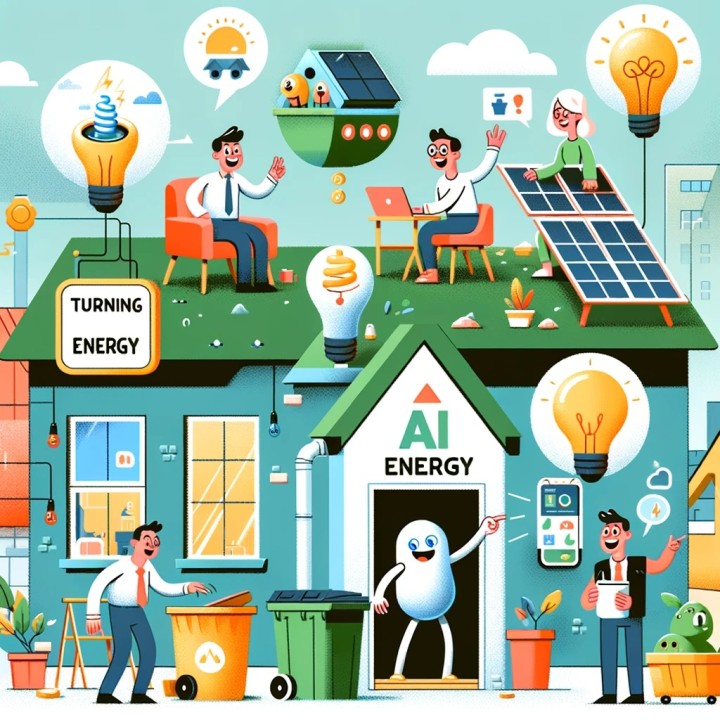Unlocking Solar Savings: The Hidden Truth About Panel Costs
Are you tired of skyrocketing energy bills eating into your monthly budget? You’re not alone. Homeowners across the country are seeking innovative solutions to slash their electricity costs, and solar panels have emerged as a game-changing option. But what’s the real story behind solar panel expenses? Let’s dive into the nitty-gritty of solar energy costs and unveil the potential savings that await you.
The Initial Investment: Breaking Down Solar Panel Costs
When considering solar panels, the upfront cost is often the first hurdle homeowners face. On average, a residential solar system can range from $15,000 to $25,000 before incentives. However, this investment isn’t as daunting as it may seem at first glance.
Key factors influencing the price include:
1. System size
2. Panel quality
3. Installation complexity
4. Local labor costs
Remember, bigger isn’t always better. The key is finding the right balance between your energy needs and budget constraints.
Incentives and Rebates: Your Secret Weapons for Savings
Here’s where things get exciting. The government wants you to go solar, and they’re willing to put their money where their mouth is. The federal solar investment tax credit (ITC) allows you to deduct 30% of your solar system costs from your federal taxes. That’s a significant chunk of change back in your pocket!
But wait, there’s more:
– State-level incentives
– Local utility rebates
– Solar renewable energy certificates (SRECs)
These additional savings can dramatically reduce your out-of-pocket expenses, making solar more accessible than ever.
Long-Term Savings: The Gift That Keeps on Giving
Now, let’s talk about the real meat and potatoes – long-term savings. Solar panels are not just a one-time investment; they’re a ticket to ongoing energy cost reductions. On average, homeowners can save between $10,000 and $30,000 over the lifetime of their solar system.
Consider this:
– Electricity rates have increased by about 2.2% annually over the past decade
– Solar panels can offset 70-100% of your electricity bill
– Most systems have a lifespan of 25-30 years
Do the math, and you’ll see that solar panels can pay for themselves within 7-10 years, leaving you with decades of essentially free electricity.
Maintenance Costs: The Low-Key Expense
One of the beautiful aspects of solar panels is their low maintenance requirements. Unlike other home improvements that may demand constant upkeep, solar panels are relatively hands-off. Annual inspections and occasional cleaning are typically all that’s needed to keep your system running smoothly.
Potential maintenance costs to consider:
– Inverter replacement (every 10-15 years)
– Panel cleaning (DIY or professional service)
– Rare repairs due to weather damage
These expenses are minimal compared to the ongoing savings you’ll enjoy.
Property Value Boost: The Hidden Bonus
Here’s a lesser-known perk of going solar: increased property value. Studies have shown that homes with solar panels sell for 4.1% more on average than comparable non-solar homes. That’s an additional $9,274 for a median-valued home in the U.S.
Why do buyers love solar homes?
– Lower operating costs
– Energy independence
– Eco-friendly living
It’s like having a built-in selling point when it comes time to move.
Environmental Impact: Priceless Benefits
While we’re focusing on financial aspects, it’s worth mentioning the environmental benefits of solar energy. By reducing your reliance on fossil fuels, you’re actively combating climate change and reducing your carbon footprint.
Consider these eye-opening stats:
– A typical solar system can eliminate 3-4 tons of carbon emissions annually
– That’s equivalent to planting over 100 trees each year
– Solar energy helps reduce air pollution and water usage in electricity production
The environmental ROI is immeasurable but incredibly impactful.
Financing Options: Making Solar Accessible
If the upfront cost still seems daunting, don’t worry. There are numerous financing options available to make solar more accessible:
1. Solar loans
2. Power Purchase Agreements (PPAs)
3. Solar leases
4. Home equity loans
Each option has its pros and cons, but they all aim to reduce or eliminate the initial investment hurdle.
The Future of Solar: Innovations on the Horizon
As technology advances, solar panels are becoming more efficient and affordable. Emerging technologies like bifacial panels, which capture sunlight from both sides, and perovskite solar cells promise to revolutionize the industry further.
What does this mean for you?
– Potentially lower costs in the future
– Increased efficiency and energy production
– More aesthetically pleasing designs
Staying informed about these innovations can help you make the best decision for your long-term energy needs.
Conclusion: Your Path to Energy Independence
The true cost of solar panels extends far beyond the initial price tag. When you factor in long-term savings, increased property value, and environmental benefits, the investment becomes increasingly attractive. While the upfront cost may seem significant, the potential for slashing your energy bills and achieving energy independence is undeniable.
As you consider your options, remember:
– Federal and local incentives can significantly reduce your initial investment
– Long-term savings often outweigh upfront costs
– Low maintenance requirements keep ongoing expenses minimal
– Property value increase adds another layer of financial benefit
– Environmental impact contributes to a sustainable future
Solar energy is not just a trend; it’s a smart, long-term strategy for homeowners looking to take control of their energy costs and reduce their environmental impact. By understanding the true cost and benefits of solar panels, you’re empowering yourself to make an informed decision that could lead to significant savings and a brighter, cleaner future.
Ready to slash your energy bills and embrace solar power? The time to act is now. With incentives at an all-time high and technology continuously improving, there’s never been a better moment to invest in your energy independence.
Tags: #SolarEnergy #EnergySavings #GreenLiving #SustainableHome #RenewablePower
Long-tail Tags: #SolarPanelROICalculation #ResidentialSolarInstallation #SolarEnergyTaxCredits #CleanEnergyHomeUpgrades #LongTermEnergyCostReduction
